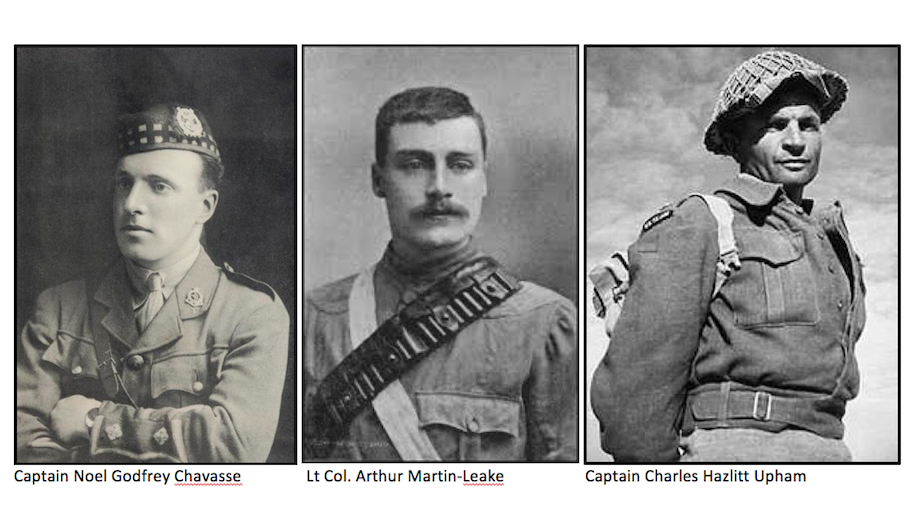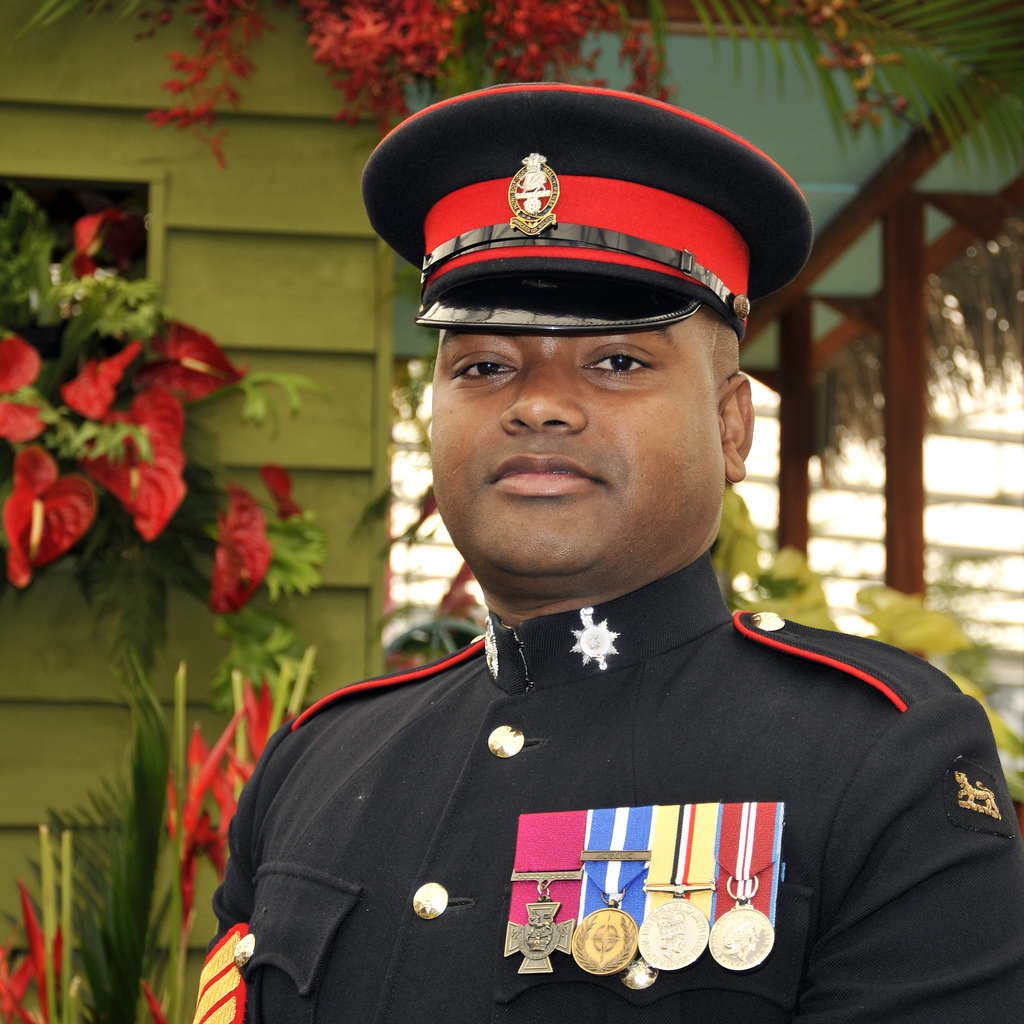Queen Victoria awards the First Victoria Crosses
- 26th June 1857 -
There are occasions when the written press makes valuable contributions to British life. William Howard Russell, of The Times, was one such member. The Crimean War was one of the first conflicts to have war correspondents. Russell, in his job, saw many acts of bravery by common soldiers and wrote in his newspaper that it was wholly wrong that they could receive no recognition of this. As it stood only senior officers could receive a medal as it was felt it was only their leadership that drove the common soldier on to achieve victory.
Members of Parliament picked up this increasingly popular theme and on December 19th 1854 voted that Queen Victoria should create her own medal. Many senior officials were against this. They felt that the army thrived and relied on teamwork and the awarding of a medal would encourage acts of individualism which went against this. Men, they thought, might attempt to gain a medal by an act of individual folly, risking the lives of others.
Prince Albert however was very much for it, and thus was the Queen. Albert played a key role in designing the new award. He wanted a simple design and medal that would have no intrinsic value, only what it stood for. In an era when design was usually very intricate it did not go down well, with The Times calling it, “poor looking and mean.” Victoria loved it however and added only one detail – a ‘V’ link between the ribbon and the medal to link it directly to her. The words that were originally going to be inscribed on the cross were, ‘For The Brave’. Victoria argued, successfully, that all her soldiers were brave and the wording was changed to ‘For Valour’. The citation stated that it was “an order of merit for distinguished and prominent personal gallantry to which every grade and individual from the highest to the lowest may be admissible." It would not recognize class or birth and had to be witnessed by three people and be recommended by an officer at regimental level before working its way up to the Secretary of State for Defence and finally the Monarch.
The medals themselves are made, and have always been, by London jewelers, Hancocks, of Burlington Arcade, from the bronze of a Chinese cannon captured from the Russians at Sebastopol, in the Crimean War. Whether all have been made from this metal is debatable with x-rays of older VCs proving inconclusive. The remains of this metal are kept at the military base in Donnington, Telford, and it estimated that there is enough metal left for about a further 80 medals. Hancocks themselves have seven in storage that have no name, rank or date on the back, ready for use. During World War One they charged £1.50 for each medal cast. 634 were awarded in that war, 182 in World War Two and just 11 since.
 Three men have been awarded two, Surgeon Captain Arthur Martin-Leake in 1902 and 1914, Captain Noel Chavasse in 1916 and 1917 and Captain Charles Upham in 1941 and 1942. There was just one awarded on D-Day – Stanley Hollis, whose medal can be seen in the museum at Arromanches, on the beach where he landed. Three father and sons have been awarded VCs – including Major Charles Gough in 1857 and his son Major John Gough in 1903. Charles Gough’s brother was also awarded a VC in 1858.
Three men have been awarded two, Surgeon Captain Arthur Martin-Leake in 1902 and 1914, Captain Noel Chavasse in 1916 and 1917 and Captain Charles Upham in 1941 and 1942. There was just one awarded on D-Day – Stanley Hollis, whose medal can be seen in the museum at Arromanches, on the beach where he landed. Three father and sons have been awarded VCs – including Major Charles Gough in 1857 and his son Major John Gough in 1903. Charles Gough’s brother was also awarded a VC in 1858.
The youngest recipients are Thomas Flinn, in 1857, and Andrew Fitzgibbon, in 1860, who were just fifteen years and three months old. The eldest is William Raynor, aged 69, who received his for defending an ammunition dump in Delhi, singlehandedly for five hours.
 Such is the importance of the award that it takes precedence at any investiture. Private Johnson Beharry, for example, received his VC, in 2005, before General Michael Jackson, Chief of Staff, who was receiving a knighthood. It also takes the first place in any row of medals. Although not written into the rules of the award, it is also tradition that all ranks salute a holder of a VC. The monetary value of a VC has also risen. In 1955, at Sotheby’s, a VC went for £300. In 2009 it is reported that Lord Ashcroft paid £1.5 million for the VC belonging to Noel Chavasse. What remains the same is the gallantry of those selected to receive this most precious award.
Such is the importance of the award that it takes precedence at any investiture. Private Johnson Beharry, for example, received his VC, in 2005, before General Michael Jackson, Chief of Staff, who was receiving a knighthood. It also takes the first place in any row of medals. Although not written into the rules of the award, it is also tradition that all ranks salute a holder of a VC. The monetary value of a VC has also risen. In 1955, at Sotheby’s, a VC went for £300. In 2009 it is reported that Lord Ashcroft paid £1.5 million for the VC belonging to Noel Chavasse. What remains the same is the gallantry of those selected to receive this most precious award.


